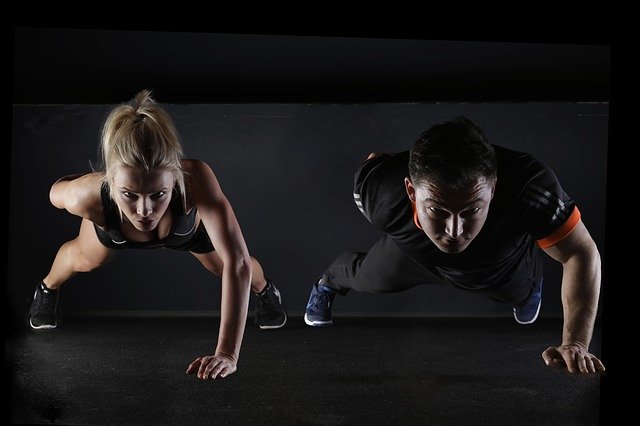Why Is Exercise Form Such a Big Deal?
If you talk to a personal trainer or an exercise enthusiast, they’ll probably tell you that your form is potentially more important than any other variable in your routine. The amount of weight you lift, the distance you run, and the number of reps you can manage all pale in comparison to this one, all-important feature of your routine.
So why is exercise form such a big deal? And how can you even tell if your form is correct?
The Value of Form
There are a few major reasons why form is such a big deal while exercising.
Personal safety. The first and most important reason is personal safety. Even if you’re not lifting much weight or if you’re not pushing yourself that hard, there’s always a chance you could hurt yourself while exercising. Maintaining proper form reduces this risk, ensuring that you move your body in a way that it’s meant to move and that you don’t push yourself too far. The majority of exercise injuries that arise are attributable to some mistake in the person’s approach to safety
Proper muscular targeting. Good form also helps you target your muscles appropriately and predictably. With proper form, your bench press will allow you to work your chest muscles and triceps simultaneously, without tapping into any other muscle groups or putting unnecessary strain on other parts of your body.
Consistency. Proper form also leads to greater consistency between your different workouts. This is especially important if you’re practicing progressive overload, gradually increasing the amount of weight you’re lifting. You can start by lifting 50 pounds with perfect form, then confidently increase that weight to 55 pounds, also employing perfect form. If you can’t maintain perfect form with the new weight, it’s a sign that maybe you have advanced prematurely.
Improving Your Form
So what steps can you take to improve your form?
Work with a personal trainer. The easiest thing to do is work with a personal trainer, though not all people will be able to afford to hire one. Personal trainers are responsible for overseeing your workouts, helping you come up with a plan, motivating you to continue exercising, and providing you with real time feedback. If there’s any problem with your form, they can correct it. If you have no idea how to use proper form, they can teach you.
Use a mirror. You don’t technically need a mirror to lift weight responsibly, but it can be very helpful. Watching yourself in the mirror will help you notice any deviations in proper form inherent in your exercises; you can catch these mistakes while you’re still lifting light weights and prevent injury.
Go slow. It’s much easier to maintain proper form if you do all of your exercises as slowly and deliberately as possible. Obviously, some exercises can’t be done slowly (like jogging), but when it comes to lifting weight and other forms of resistance training, slow and steady is much better than lifting quickly. You maintain much more control over your movements and can pay more attention to what you’re doing.
Invest in better equipment. In some cases, you can improve your form by investing in better equipment. If you purchase a bench that’s both comfortable and adjustable, you’ll have a much easier time conforming to ideal form. The same is true if you have weightlifting gloves with straps that can keep your wrists straight while you’re lifting. Many weight machines are also constructed so that it’s almost impossible to use them with improper form.
Find a partner. Don’t hesitate to ask for a spotter at the gym. Asking for a spotter is neither rude to the person you’re asking, nor is it embarrassing to ask for help. In fact, most people at the gym would be more than happy to share their knowledge and expertise with you. Having a second set of eyes on your exercise form is one of the fastest ways to identify any possible mistakes that you’re making. Your assistant may also be able to help you lift heavier weight with proper form, allowing you to get past your previous plateaus.
Use less weight. If you find yourself struggling to achieve proper form, or if you’re not confident in your form, consider using less weight in your lifts or doing a lower-intensity version of your exercise. It makes it much easier to retain control of your movement during the exercise.
With better form, you’ll be less prone to injury, you’ll get more value out of all your exercises, and you might even have more fun at the gym. It’s not the sexiest topic, nor is it the first thing people consider when thinking about exercise – but it’s indispensable if you want to meaningfully improve.
I’m a single mother of 2 living in Utah writing about startups, business, marketing, entrepreneurship, and health. I also write for Inc, Score, Manta, and Newsblaze

